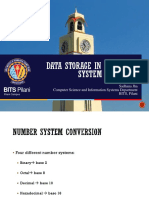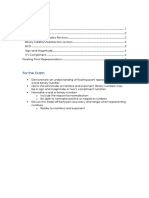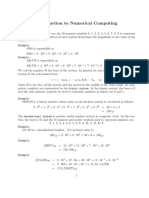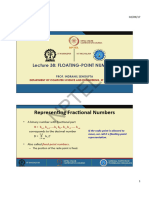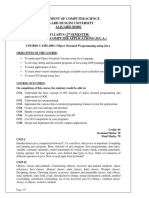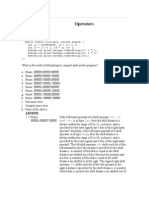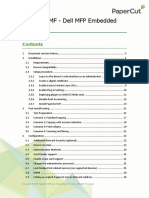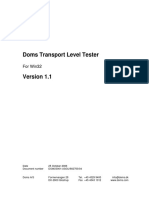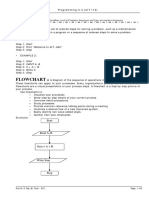0% found this document useful (0 votes)
102 views38 pagesNumber System
The document discusses number systems used in computers such as binary, octal, decimal, and hexadecimal systems. It explains that computer circuits use a binary system with two states - OFF and ON. In binary, the position of each digit determines its value as powers of two. The document provides examples of converting between different number systems. It also covers binary arithmetic operations like addition, subtraction, multiplication, and division. Finally, it discusses signed number representations including sign-magnitude, one's complement, and two's complement systems, with two's complement being most widely used.
Uploaded by
suhelkhan900500Copyright
© © All Rights Reserved
We take content rights seriously. If you suspect this is your content, claim it here.
Available Formats
Download as PDF, TXT or read online on Scribd
0% found this document useful (0 votes)
102 views38 pagesNumber System
The document discusses number systems used in computers such as binary, octal, decimal, and hexadecimal systems. It explains that computer circuits use a binary system with two states - OFF and ON. In binary, the position of each digit determines its value as powers of two. The document provides examples of converting between different number systems. It also covers binary arithmetic operations like addition, subtraction, multiplication, and division. Finally, it discusses signed number representations including sign-magnitude, one's complement, and two's complement systems, with two's complement being most widely used.
Uploaded by
suhelkhan900500Copyright
© © All Rights Reserved
We take content rights seriously. If you suspect this is your content, claim it here.
Available Formats
Download as PDF, TXT or read online on Scribd
/ 38



